MAPAS CONCEPTUALES - Concept Map Generation

¡Hola! Listo para generar mapas conceptuales claros y estructurados.
AI-powered Concept Mapping Tool
Genera un mapa conceptual sobre
Crea un mapa conceptual acerca de
Elabora un mapa conceptual relacionado con
Diseña un mapa conceptual que explique
Get Embed Code
Introduction to MAPAS CONCEPTUALES
MAPAS CONCEPTUALES (Concept Maps) are designed as a specialized tool to generate visual representations of knowledge in various academic, business, management, and legal fields. By organizing information into nodes (concepts) connected by lines (relationships) with descriptive verbs, these maps offer a structured way to visualize complex topics. The purpose is to enhance understanding, learning, and memory by highlighting the connections between different concepts. An example scenario might include a university professor designing a concept map to outline the structure of a new course on Business Ethics, thereby aiding students in grasping the interrelations between ethical theories, corporate responsibilities, and legal implications. Powered by ChatGPT-4o。

Main Functions of MAPAS CONCEPTUALES
Creation of Concept Maps in DOT Language
Example
Using DOT language to structure a concept map for a new marketing strategy, highlighting the relationships between market research, product development, and customer engagement.
Scenario
A marketing manager devising a comprehensive plan to enter a new market, using a concept map to visualize the strategic approach and communicate it effectively to the team.
Cluster Organization
Example
Organizing a law firm's operational model into clusters representing different departments (e.g., litigation, corporate law, IP) and their interactions.
Scenario
A law firm restructuring its operations, using a concept map to clearly delineate departmental roles, responsibilities, and cross-departmental collaborations to enhance efficiency.
Ideal Users of MAPAS CONCEPTUALES Services
Academics and Educators
Professors, teachers, and researchers who can use concept maps to structure courses, lectures, or research topics, facilitating a clearer understanding for students or peers.
Business Professionals
Managers, strategists, and consultants who need to organize and communicate complex business models, strategies, and operational plans effectively to teams or stakeholders.
Legal Practitioners
Lawyers, legal scholars, and law students who benefit from visualizing legal concepts, case laws, and the structure of legal arguments for better comprehension and presentation.

How to Use MAPAS CONCEPTUALES
1
Visit yeschat.ai for a free trial without login, no need for ChatGPT Plus.
2
Choose the Concept Map Generator specializing in DOT language from the tool options.
3
Input your topic related to academic models, business, management, or laws related to business.
4
Customize your concept map by specifying relationships, nodes, and clusters for a more structured visualization.
5
Review and adjust the generated concept map as needed, utilizing DOT's decorative features for a professional appearance.
Try other advanced and practical GPTs
Ed
Elevate Your Writing with AI

Net Navigator
Unleash Faster Internet Choices

Risk Modeling Mentor
Empowering risk intelligence with AI

Ted
Empowering Strategic Decisions with AI

TED Wise
Empower Your Intellect with AI
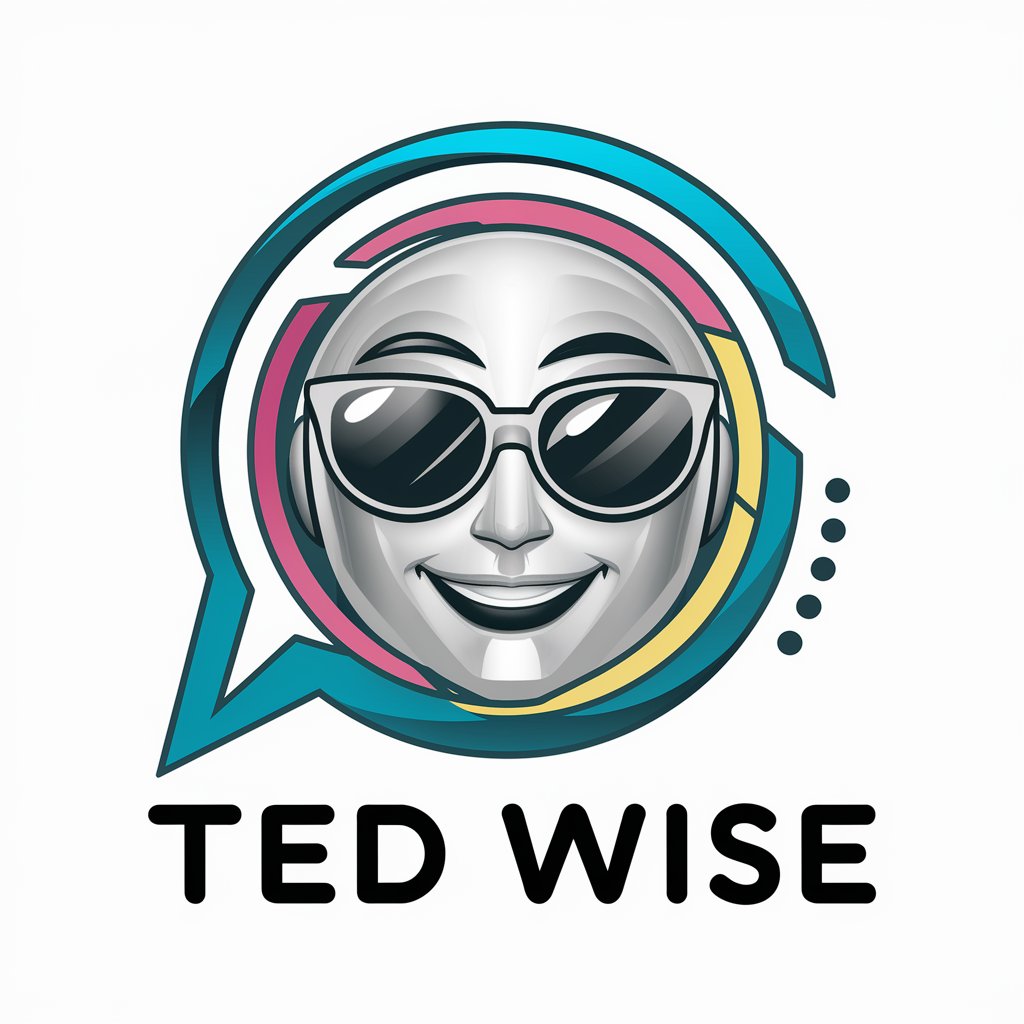
TED Advisor
Empowering Ideas with AI
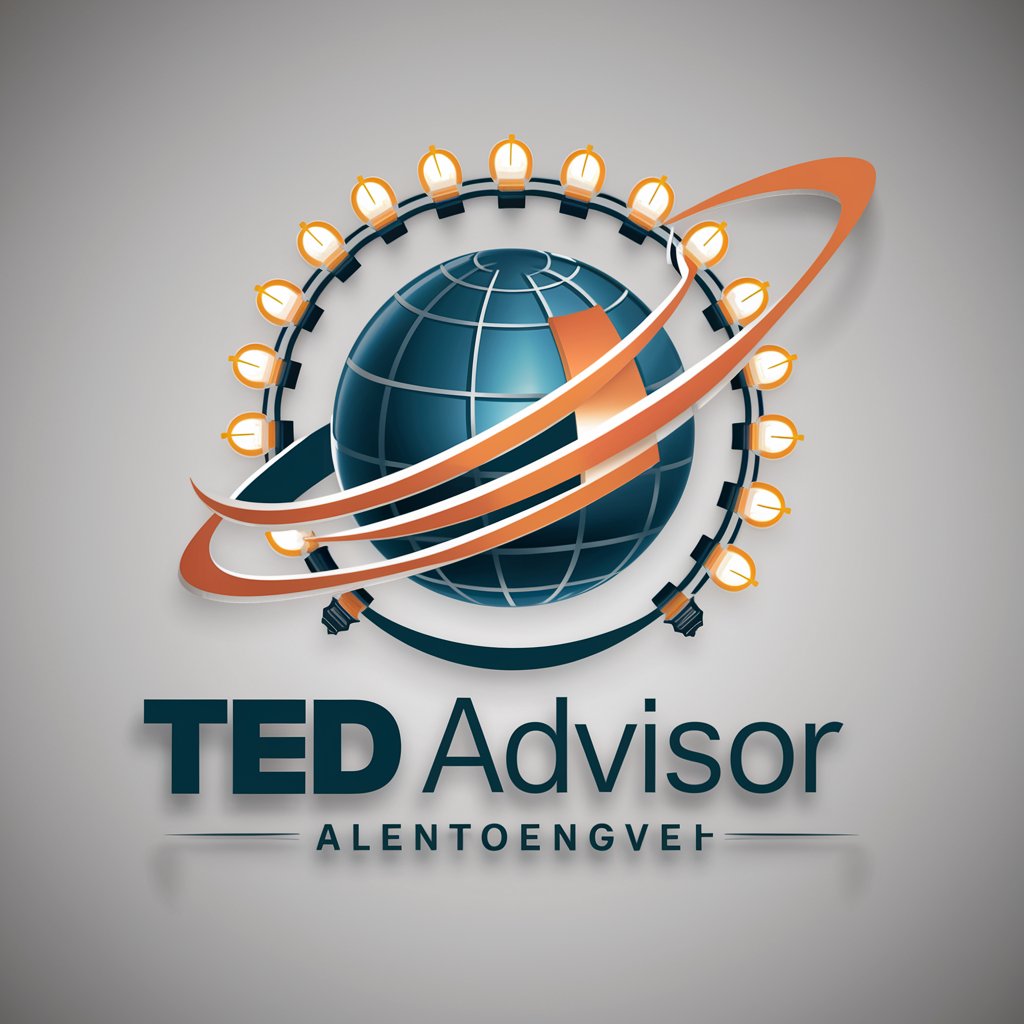
Maya Python ヘルパー
Empowering Maya scripting with AI
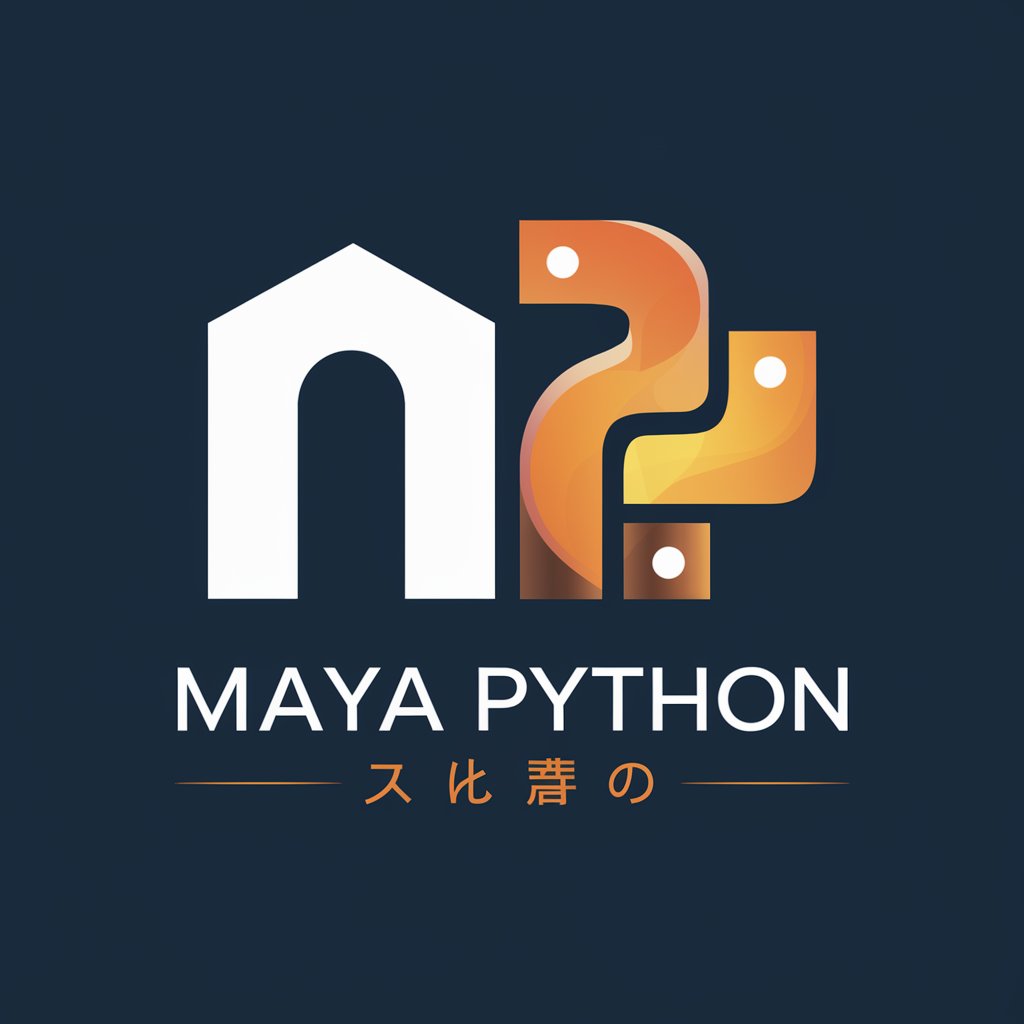
Ruster
Enhancing Rust coding with AI
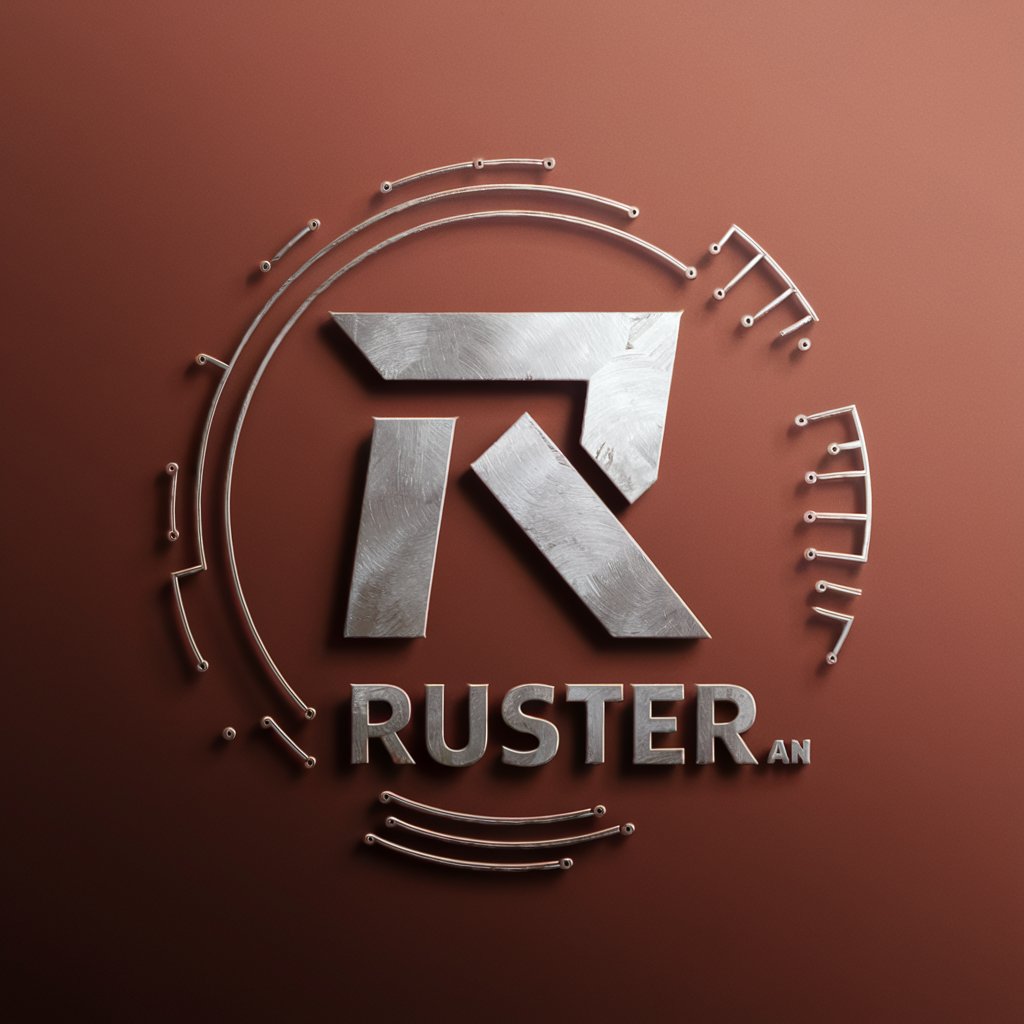
Buscador de Nichos
Unlock Niche Markets with AI

Niche Finder
Powering Content with AI Insights
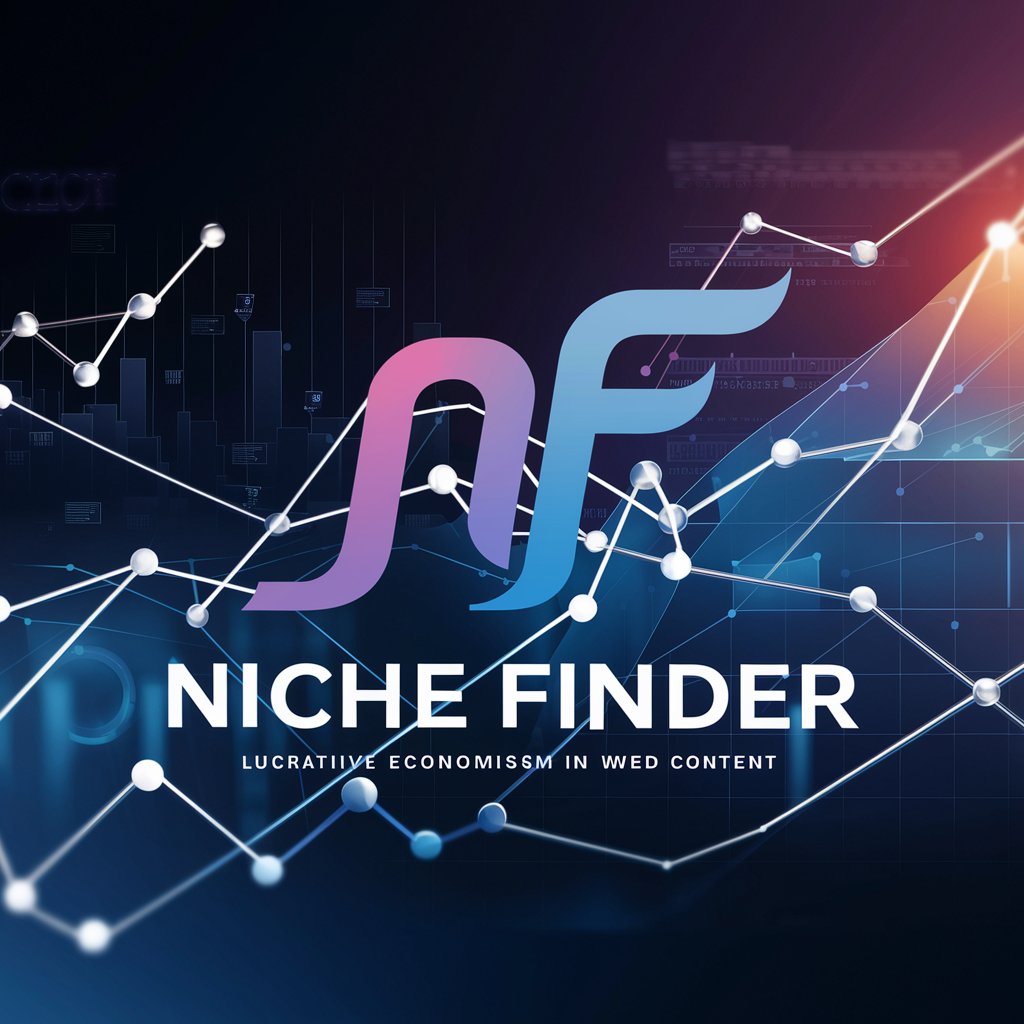
NACHO APRENDE JAPONES
Pictogram-Based Language Learning for Kids

Micro - Soft Helper
Your AI-powered Microsoft guide
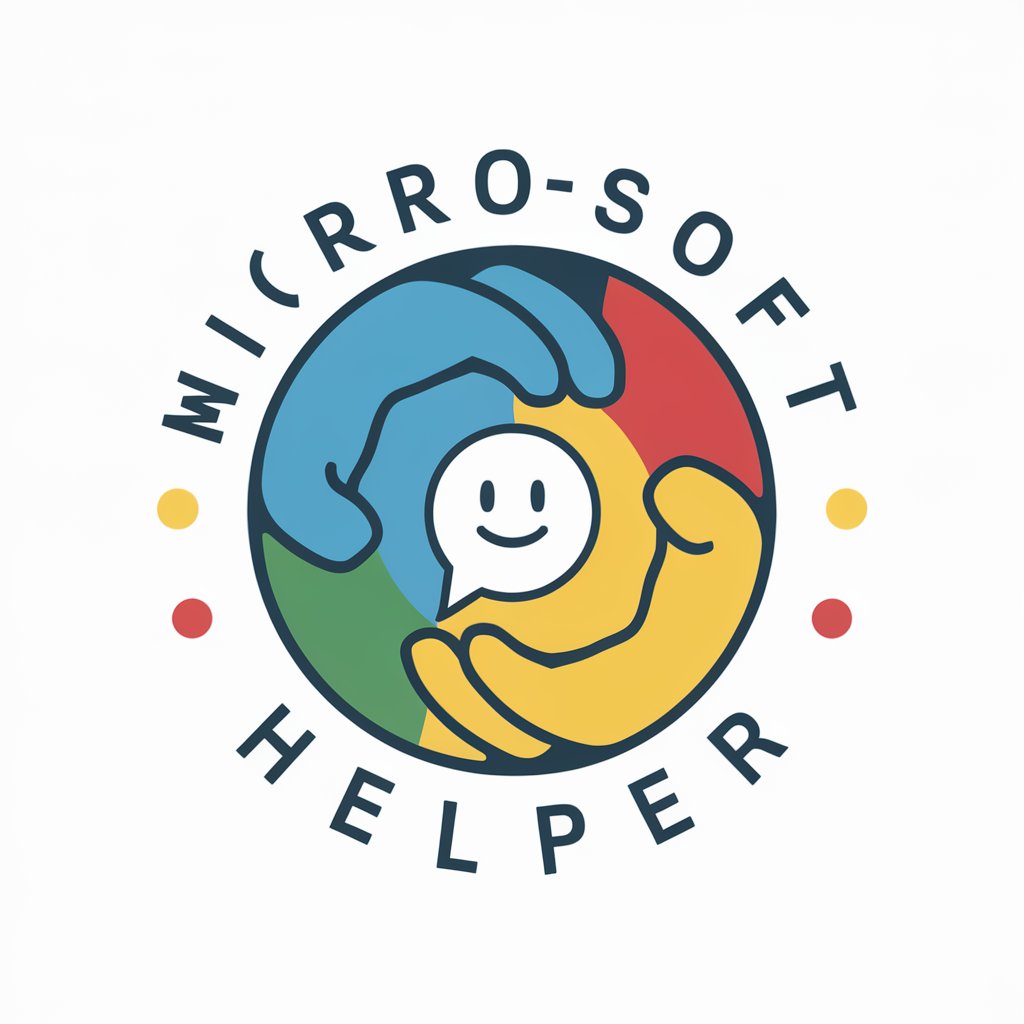
Detailed Q&A about MAPAS CONCEPTUALES
What is the main functionality of MAPAS CONCEPTUALES?
MAPAS CONCEPTUALES specializes in generating structured and visually appealing concept maps in DOT language, focusing on academic, business, management, and legal topics.
Can I customize the concept maps generated by MAPAS CONCEPTUALES?
Yes, customization options include specifying relationships, nodes, and clusters, as well as utilizing DOT's decorative features for professional visualization.
Are there any prerequisites for using MAPAS CONCEPTUALES?
No specific prerequisites are required, but a basic understanding of the topic and the desired structure for the concept map can enhance the output.
How can MAPAS CONCEPTUALES benefit students and professionals?
It aids in organizing complex information into clear, structured concept maps, facilitating easier understanding and analysis for academic studies, business planning, and legal comprehension.
Is there a trial version of MAPAS CONCEPTUALES available?
Yes, a free trial is available at yeschat.ai without the need for login or ChatGPT Plus, allowing users to explore its functionality.
